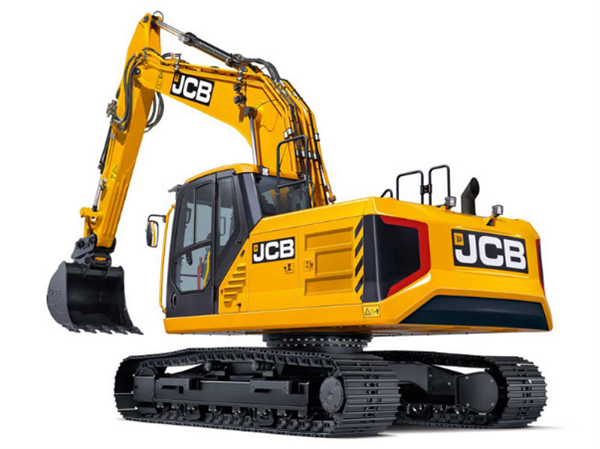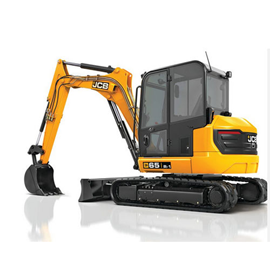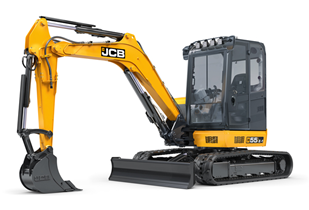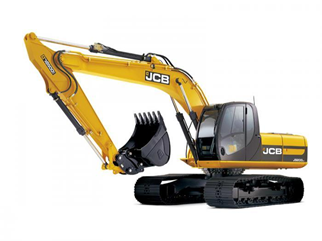We offer our heavy machinery, excavators and mechanical sieves to other archaeological companies to facilitate their excavations and salvage programs. Our fleet features excavators between 1.8T and 30T. All excavators are equipped with a full range of buckets, hammers, shaker buckets, augers, mulchers, and rippers. We also can provide tandem tippers plus trucks and trailers if required. We have a variety of mechanical sieves for archaeology and larger sieves with different mesh sizes and also offer wheeled bobcats and Posi track machines on request.

JCB 220X Tracked Excavator
20 tonne tracked excavator
· Max operating weight – 24,743 kg
· Max bucket capacity – 1.25 m3
· Max engine power – 129 kW

JCB 65R-1 Mini Excavator (2 machines)
Reduced tail swing excavator
· Operating weight – 6652 kg
· Max dig depth – 4.09 m
· Max dump height – 4.145 m

JCB 55Z-1 Mini Excavator
5 tonne excavator
· Operating weight – 5499 kg
· Max dig depth – 3.843 m
· Max dump height – 4.274 m

JCB JZ140DLC Hydraulic Excavator (2 machines)
Reduced tail swing tracked excavator
· Max operating weight – 16042 kg
· Max engine power – 81 kW
· Max bucket capacity – 0.89 m3

JCB 200SC Excavator
20 tonne excavator (short carriage)
· Max engine power – 104 kW
· Max operating weight – 21000 kg
· Max dig depth – 5.52 m
Projects
Below is some information on projects Archaeological Excavations has worked on
Lyndhurst
The project involved an inland port at Lyndhurst as proposed by Salta Properties. The development would bring freight from Melbourne Harbour by rail to Lyndhurst where it would then be dispatched to trucks. The project aims to solve the issue of inner-city traffic congestion and provide greater opportunities for imports and exports in the southeast of Melbourne as it provides an alternative to road-based container transfer.
Drysdale Bypass
Drysdale Bypass is Bellarine Peninsula’s biggest road infrastructure project. Running 6 km from Jetty Road to the north of Whitcombes Road, the project involved the construction of four new traffic lanes separated by a central median, along with the construction of intersections, roundabouts and traffic lights.










